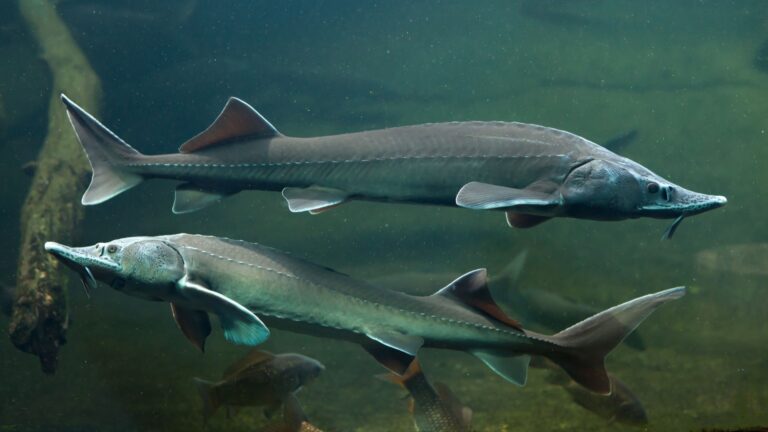10 Most Poisonous Butterflies You Need To Know About
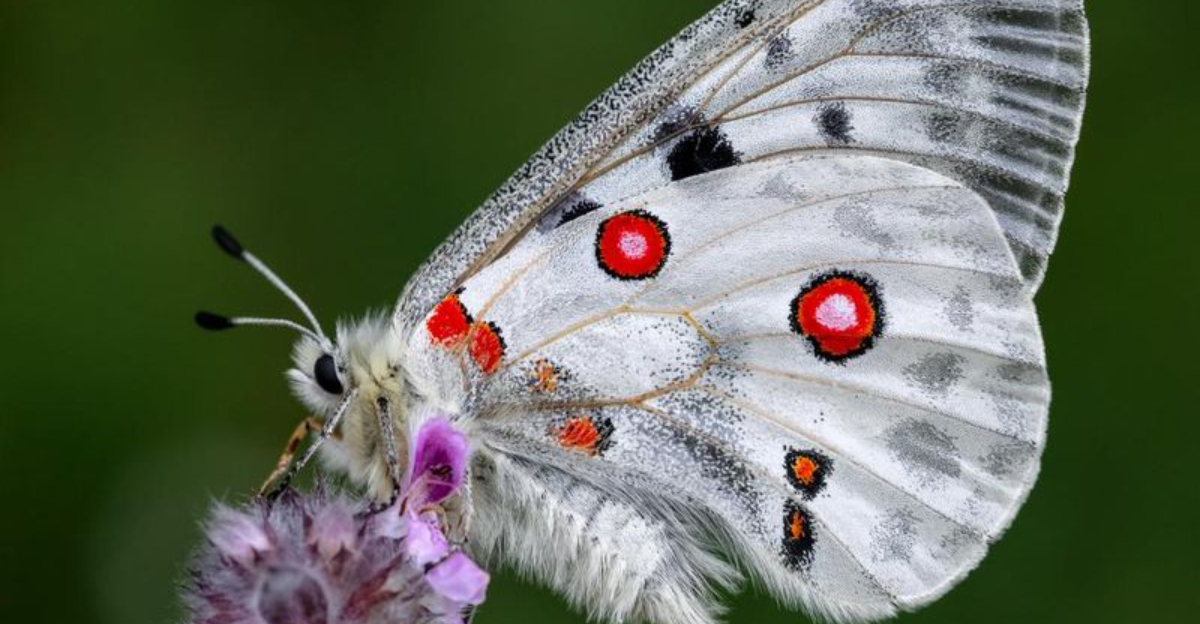
Butterflies might seem harmless with their delicate wings and graceful flight, but some species pack a powerful toxic punch. These beautiful insects have evolved fascinating chemical defenses to protect themselves from predators.
Let’s explore the most poisonous butterflies in the world and discover how they use toxicity as their secret weapon for survival.
1. The Monarch Butterfly

Striking orange-and-black wings serve as a warning sign to predators: this butterfly is dangerous to eat! Monarchs feed exclusively on milkweed plants, storing the plant’s cardiac glycosides in their bodies.
These compounds cause vomiting, heart problems, and disorientation in predators who dare to take a bite. Birds who’ve experienced this nasty surprise quickly learn to avoid anything with similar coloring.
2. The Blue Tiger Butterfly
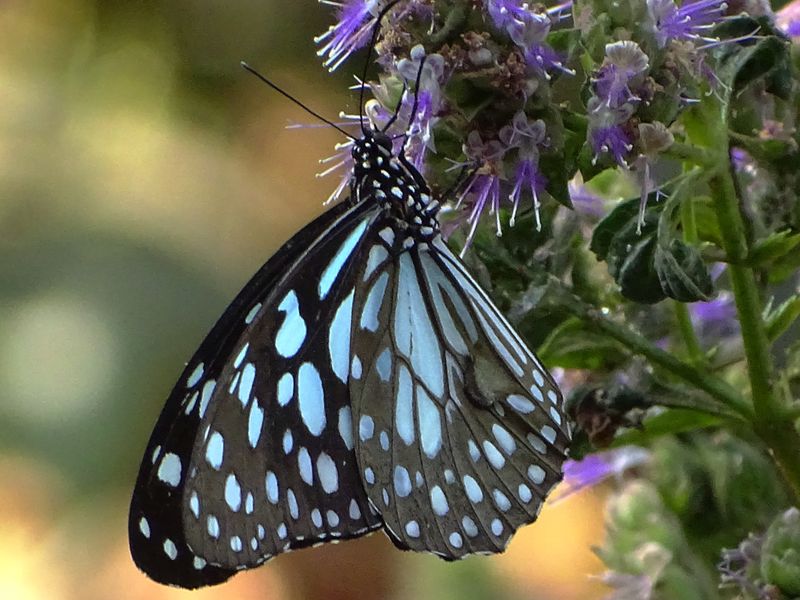
Found throughout Southeast Asia, the Blue Tiger’s translucent blue-streaked wings aren’t just for show—they advertise its toxicity. This butterfly accumulates potent alkaloids from plants in the Boraginaceae family during its caterpillar stage.
The toxins remain in its body through metamorphosis, making adult butterflies unpalatable to birds and lizards. Even touching them can cause skin irritation in some people!
3. The Swallowtail Butterfly

Not all swallowtails are toxic, but species like the Polydamas Swallowtail certainly are! Their caterpillars feast on poisonous pipevine plants, incorporating aristolochic acids into their tissues.
These toxins can damage kidney cells and DNA in predators. The butterfly’s distinctive yellow and black markings serve as a universal warning sign in the insect world: “Eat me at your own risk!”
4. The Glassy Tiger Butterfly

With semi-transparent wings that earned its “glassy” nickname, this butterfly harbors a dangerous secret. The Glassy Tiger feeds on toxic plants containing pyrrolizidine alkaloids, which cause liver damage in vertebrates.
Male butterflies actively seek these compounds not just for protection, but to produce pheromones that attract females. Talk about turning poison into romance!
5. The Cabbage White Butterfly
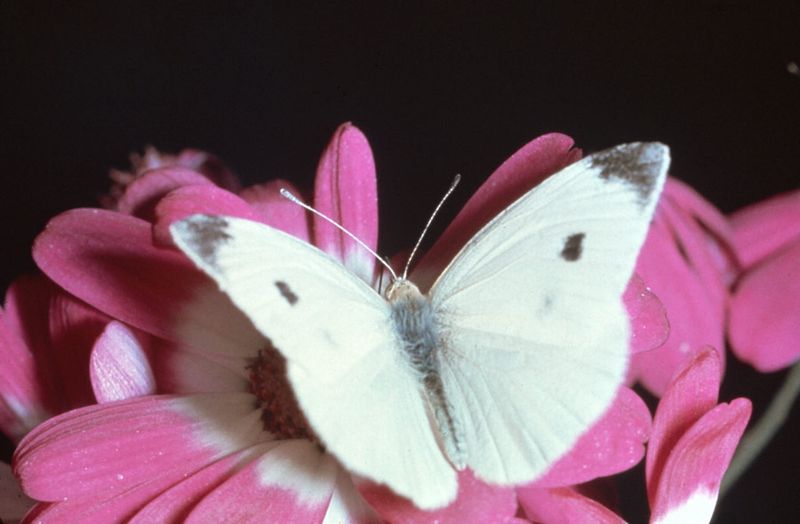
Surprisingly, this common garden visitor makes our list! While adult Cabbage Whites aren’t toxic, their caterpillars certainly are. They consume mustard oils from cruciferous vegetables, storing compounds called glucosinolates in their bodies.
When threatened, they regurgitate a foul-tasting green liquid that deters predators. Farmers know them well as agricultural pests that can destroy entire cabbage crops.
6. The Yellow Tiger Swallowtail
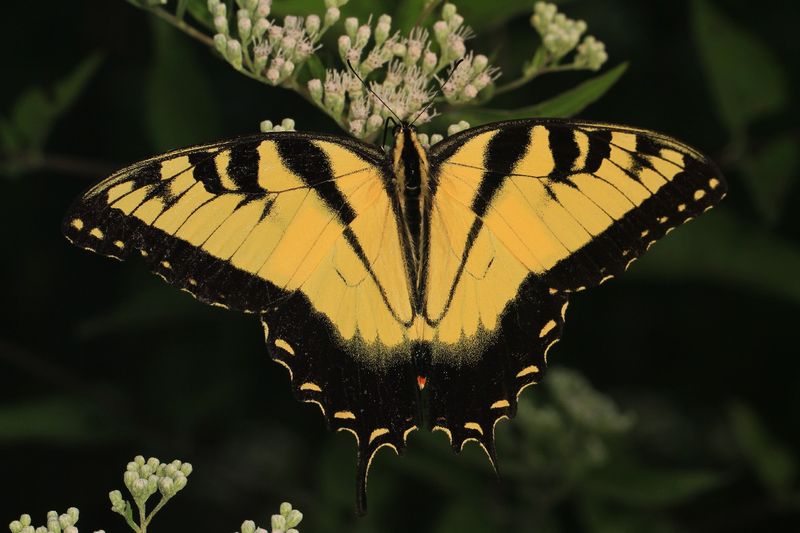
Sunshine-yellow wings with bold black tiger stripes make this butterfly unmistakable—and that’s exactly the point. Predators learn to recognize and avoid these warning colors after just one unpleasant encounter.
Female Tiger Swallowtails sometimes mimic the toxic Pipevine Swallowtail by developing darker wings. This clever disguise provides extra protection without the butterfly actually having to ingest toxic plants!
7. The Viceroy Butterfly

Master of disguise! The Viceroy’s orange-and-black pattern so closely resembles the toxic Monarch that most predators can’t tell them apart. Scientists long thought Viceroys were harmless mimics, but research revealed they’re actually poisonous too.
Their caterpillars feed on willow trees, accumulating salicylic acid—the same compound found in aspirin. This gives them a bitter taste that birds find revolting.
8. The Great Orange Tip Butterfly
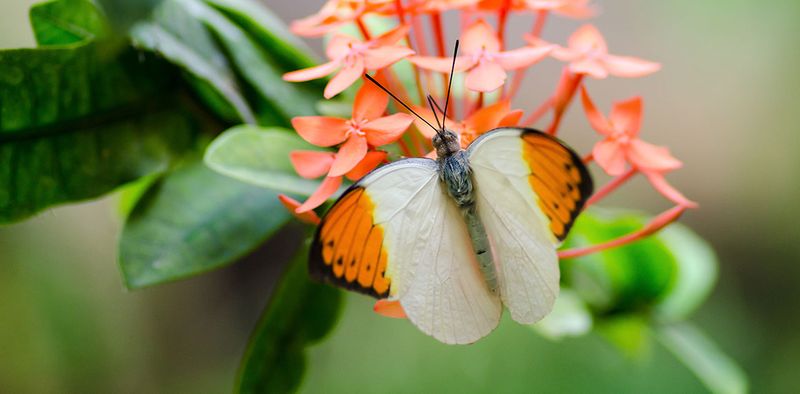
Flashing brilliant orange wingtips against white backgrounds, these Asian butterflies aren’t just beautiful—they’re dangerous meals for predators. Their caterpillars feed exclusively on plants in the Capparaceae family, which contain mustard oils and cyanogenic glycosides.
These compounds release hydrogen cyanide when digested! Even the butterfly’s eggs contain toxins, protecting them from ants and other potential threats before they even hatch.
9. The Magnificent Swallowtail

Native to South America, this stunning butterfly sports iridescent blue-green patches on black wings that seem to glow in the sunlight. The beautiful colors serve as a warning—this insect is loaded with toxic compounds.
Its caterpillars feed on poisonous citrus relatives in the Rutaceae family, accumulating chemicals called furanocoumarins. These toxins can cause severe photosensitivity in predators, making their skin blister in sunlight!
10. The Apollon Butterfly
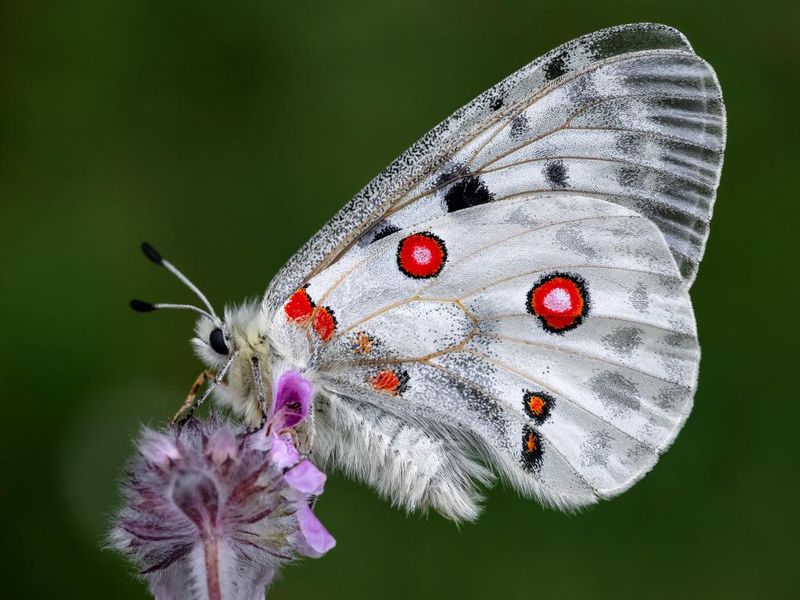
Alpine meadows across Europe are home to this elegant white butterfly with distinctive red eyespots. Don’t let its delicate appearance fool you—the Apollon packs a toxic punch thanks to its caterpillars’ diet of Sedum plants.
These succulent plants contain heart-affecting cardiac glycosides similar to digitalis. Female Apollons even transfer these toxins to their eggs, protecting their offspring before they even hatch!

